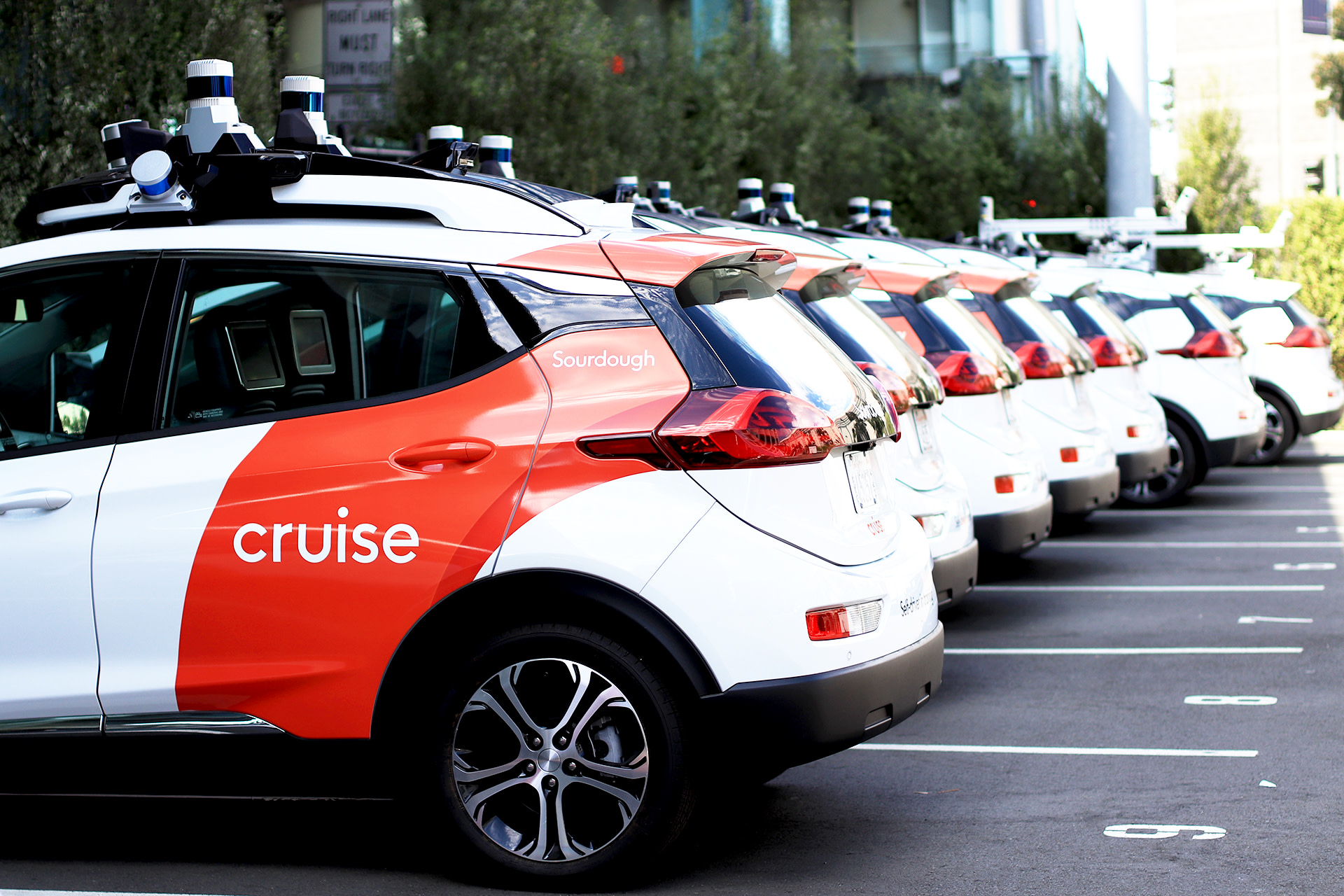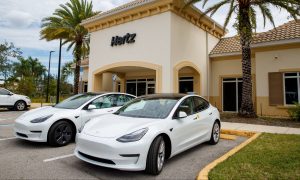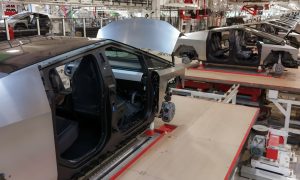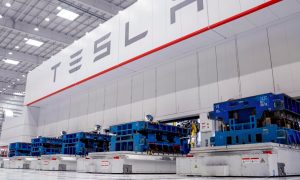A California judge has forced General Motors’ (GM) self-driving unit Cruise to increase its settlement offer to the maximum amount, after one of the company’s robotaxis pinned and seriously injured a pedestrian in October.
On October 2, a driverless Cruise vehicle dragged and pinned a pedestrian in San Francisco, and the company’s license to operate self-driving cars was immediately revoked by the California Department of Motor Vehicles (DMV). The DMV later said that Cruise “misrepresented” and “omitted” crucial details about its response to the accident, and the California Public Utilities Commission (CPUC) in December ordered the company to appear before a judge this month.
During the hearing, which was held on Tuesday, California Administrative Law Judge (ALJ) Robert Mason III suggested that Cruise revise its $75,000 settlement offer to the maximum penalty of $112,500, after calling the company’s proposed amount “low,” and even suggesting the company was seeking a “discount.”
While Judge Mason III said he appreciated Cruise attempting to take “corrective action” in its crash response procedures, he added that the company should “take a hint” following his multiple questions about the offer amount, suggesting directly that Cruise change its settlement offer to the full penalty.
“Point taken, your Honor,” responded Craig Glidden, Cruise President and Chief Administrative Officer. “We immediately revise our offer to the amount requested.”
Waymo could face new legal barriers in its expansion to Los Angeles
The hearing discussed findings from an investigation conducted by the law firm Quinn Emanuel, which Cruise hired, including that internet connectivity hampered the company’s sharing of video footage from the accident with regulators in meetings that followed.
In response to the motion for approval to settle at $75,000, the commission can adopt, adopt with revisions, or reject Cruise’s filing. Following the hearing, the next step is for Judge Mason to write a proposed decision on the case for the commissioner’s consideration, with the general timeframe falling within about 60 days, as a CPUC spokesperson clarified to Teslarati.
Cruise said it was eager to resolve the case and move past the incident, adding that it wanted to continue to “advance the mission of bringing driverless cars that are safer to the public and also greater accessibility to the public to the market.”
However, Mason didn’t make it sound like the commission was eager to set the case aside:
“While the commission does fall on the side of getting its cases resolved, I don’t know that this is one of those protracted pieces of litigation that we’re usually most anxious to put aside and then move forward with the regulatory process,” Mason added.
In the original motion, filed on January 30, Cruise outlines the key requirements it would have to follow as part of the settlement:
1. Cruise will adopt voluntarily several new data reporting enhancements that will provide additional data to the Commission concerning California collisions and AVs operating in California under a deployment permit that enter a minimal risk condition (“MRC”) state and result in conditions described in Attachment A;
2. Cruise will provide the Commission with Cruise’s responses to the permit reinstatement questions from the California Department of Motor Vehicles (“DMV”) at the same time Cruise provides those responses to the DMV;
3. Cruise will make a payment of $75,000 to the State General Fund within ten (10) days of the Commission’s approval of the Settlement Agreement without modification; and
4. Upon the Commission’s approval of the Settlement Agreement, the OSC proceeding will be closed.
“We are committed to working in partnership with the CPUC, other regulators and government agencies to improve transportation safety in support of a shared goal –– providing better, safer and more accessible transportation to the public in our communities,” a Cruise spokesperson wrote in an email to Teslarati. “Over the past several months, we have taken important steps to improve our leadership, processes and culture, and we are committed to resolving matters to the Commission’s satisfaction as we work to restore regulatory and public trust.”
Cruise also noted that the accident, which occurred after the pedestrian had already been hit by a human driver, was partially caused by the driverless ride-hailing vehicle falsely identifying the situation as a side-impact collision rather than a frontal collision, causing the Minimal Risk Condition (MRC) response that forces the vehicle to pull over.
In addition, Cruise said it is currently expecting a new Chief Safety Officer in the “not too distant future,” after two co-founders resigned immediately following the accident, and after the company fired nine executives and laid off nearly a quarter of its staff on the same day in December.
GM recently announced plans to cut spending on Cruise in half this year, though it said it also hoped to “refocus and relaunch” the company’s operations. GM CEO Mary Barra highlighted significant changes at Cruise, which the company began implementing following the Quinn Emanuel investigation.
“At Cruise, we are committed to earning back the trust of regulators and the public through our commitments and our actions,” Barra said following GM’s 2023 earnings call.
You can see the full January 30 filing from Cruise below, including the findings from the Quinn Emanuel investigation, which Cruise made public last month.
What are your thoughts? Let me know at zach@teslarati.com, find me on X at @zacharyvisconti, or send your tips to us at tips@teslarati.com.











